By Nathaniel Jedlinsky ’19
Wildlife and Conservation Biology major interning at the Wayne National Forest
Many of Ohio’s large mammal species, bobcats (Lynx rufus), red and gray foxes (Vulpes vulpes and Urocyon cinereoargenteus) and black bears (Ursus americanus) are elusive creatures that are not usually seen hiking in the forest.
These mammals have low populations in Ohio but are on the rebound with proper conservation. So far, Abbey Didier and I have seen tracks and scat of what we presumed to be from a bobcat or fox, but we wanted to have photographic evidence of their presence.
We chose to set out camera traps in areas where we thought would produce a large number of individuals. Cameras allow for the identification of species that are rare or endangered in a research area. They can help to predict general populations of mammals though photos, though the same individual may be captured more than once. The cameras allow for an eye in the forest 24/7 without any human presence. Scent and noise that we produced were strong factors in preventing us from seeing these mammals.
We borrowed 10 cameras from Dr. Viorel Popescu and placed them at strategic locations on Wayne National Forest property located near the proposed Baileys Mountain Bike Trail. We only placed out two cameras per day and spaced them out far enough to have the most area covered. A skunk gland lure was used as an attractant, specially formulated for large carnivores. The batteries in the cameras last approximately one month so we had some time to wait until they needed to be checked again. While waiting we hiked many more miles of the trail and located other areas where we could set out more cameras.
Out of the 10 cameras we set out three did not function, so we only got photos on seven cameras. An average of fifty pictures were taken on each camera during the month that they were in the field. We did not capture any bobcats, bears or gray foxes on camera, but that does not mean they aren’t there. Wayne National Forest is such a large area and only setting out ten cameras was not enough to survey most of it. Many of the black bears that are seen in Ohio are young males that are just passing through the area in search of better habitat. The odds that our camera would be in the right spot were slim to none. One camera did capture a red fox on more than one occasion. It could be the same individual or multiple frequenting the same area. The red fox population is in decline in most areas of Ohio and having captured one helps for the conservation of the species.
We did capture other forest dwelling animals including the Pileated Woodpecker (Hylatomus pileatus). It is Ohio’s largest woodpecker and inhabits mature forests with dead standing and fallen trees. It creates large holes in trees searching for its main food species, carpenter ants. The holes are used afterward by bats and birds as shelter or nesting crevices.
Raccoons were captured on many of our cameras. They can be recognized by the masked face and the striped tail. Raccoons are a generalist species, able to adapt to a variety of habitat including major cities and suburbs. Also being nocturnal and omnivorous gives them the edge on other species occupying the same area.
Eastern gray squirrels (Sciurus carolinensis) and white-tailed deer (Odocoileus virginianus) were the most common species captured on the cameras. Both inhabitant the same area, large tracks of mature hardwood forests. The mature trees provide squirrels and deer with food in the form of acorns. Other species including wild turkeys use the trees to roost in and also feed on the acorns. The oak provides for many species and plays an important role in the ecosystem.
Stay tuned for future blogs from the interns about the interesting things they’ve found during the summer.


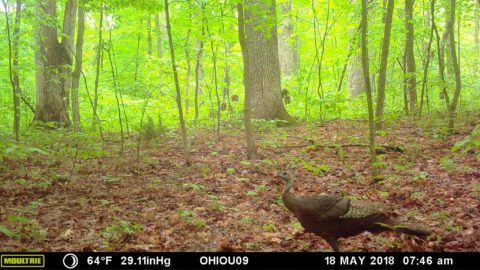
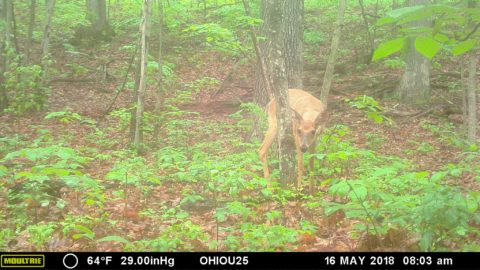
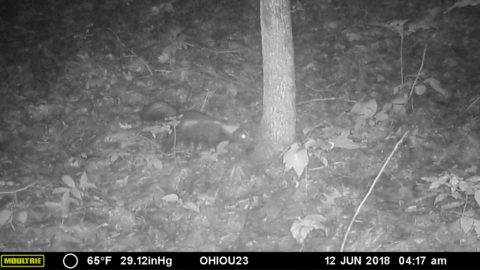
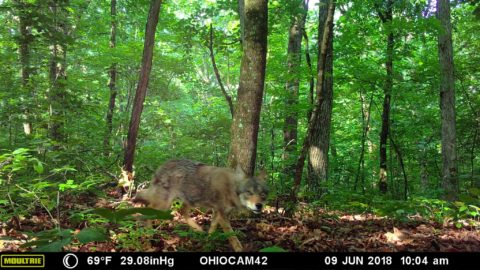
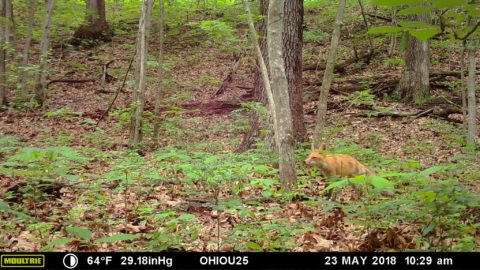
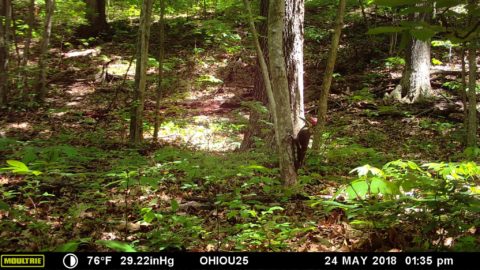
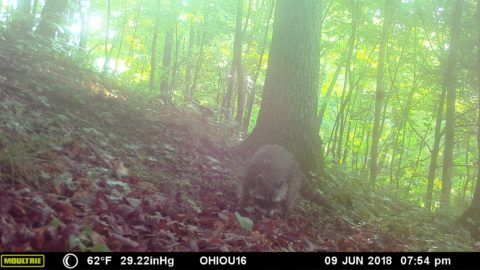
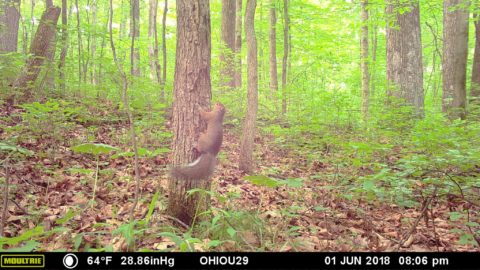



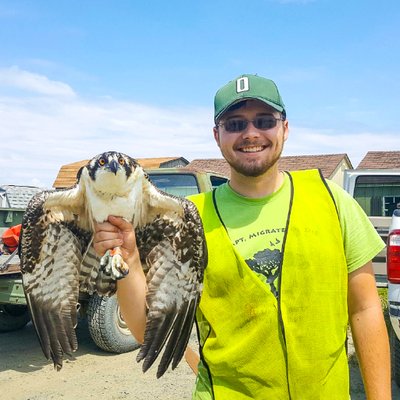













Comments